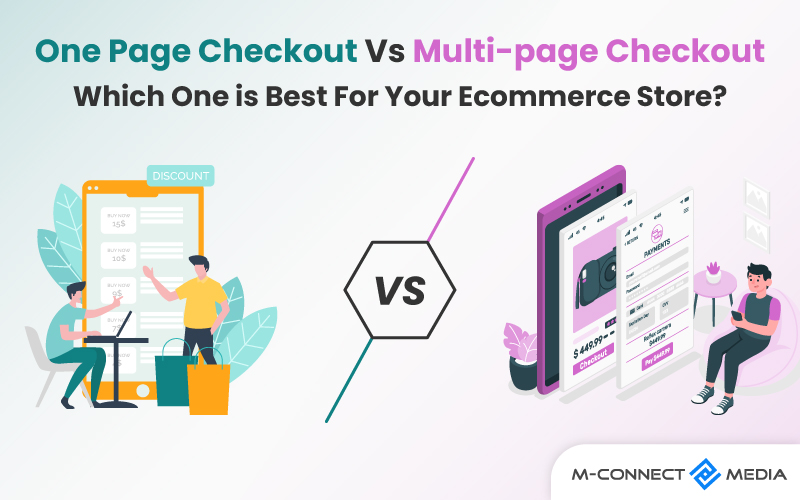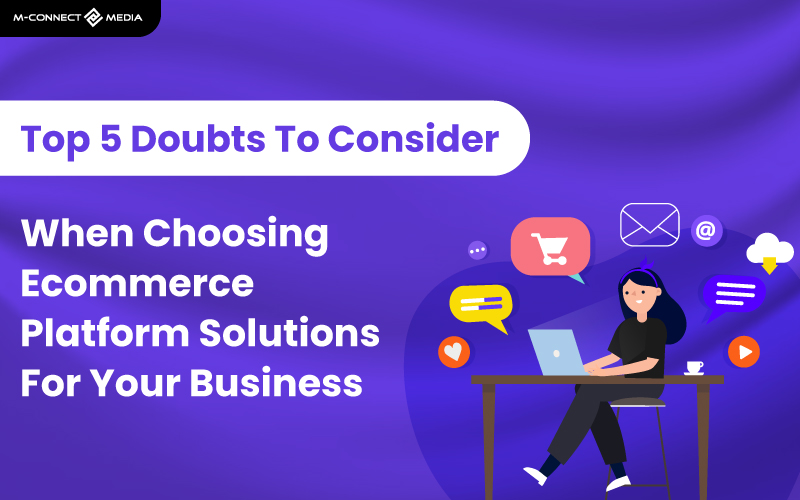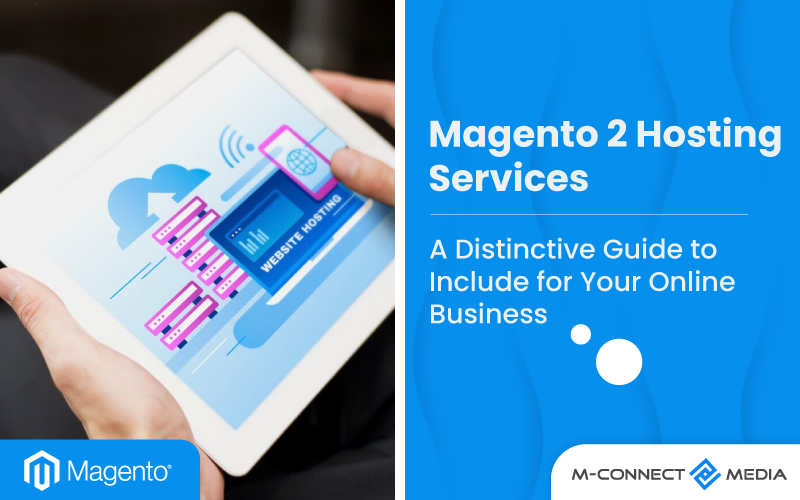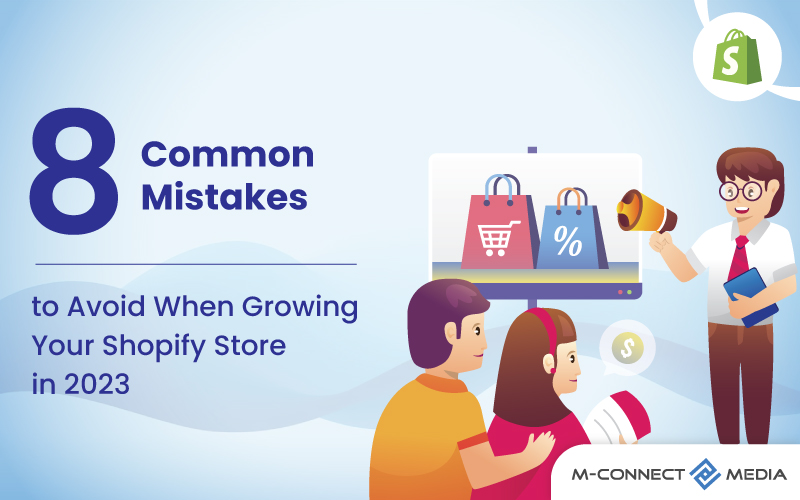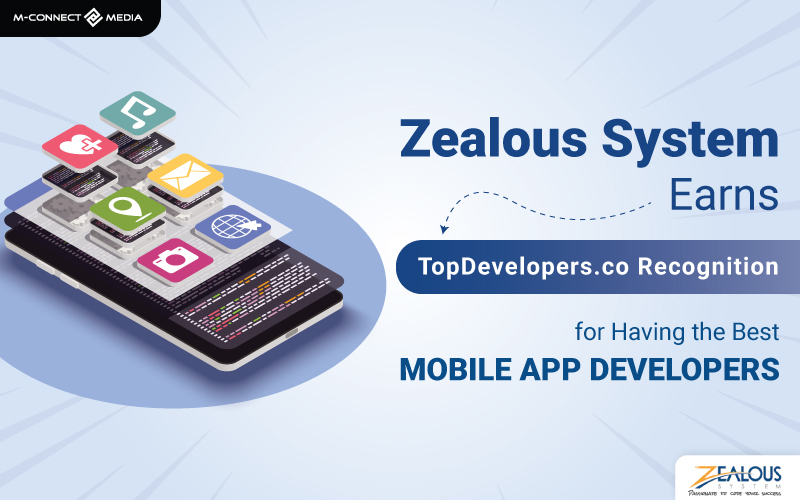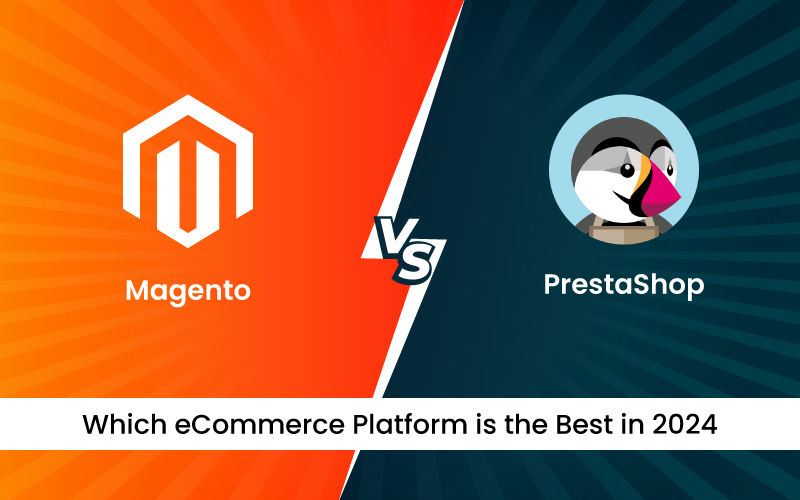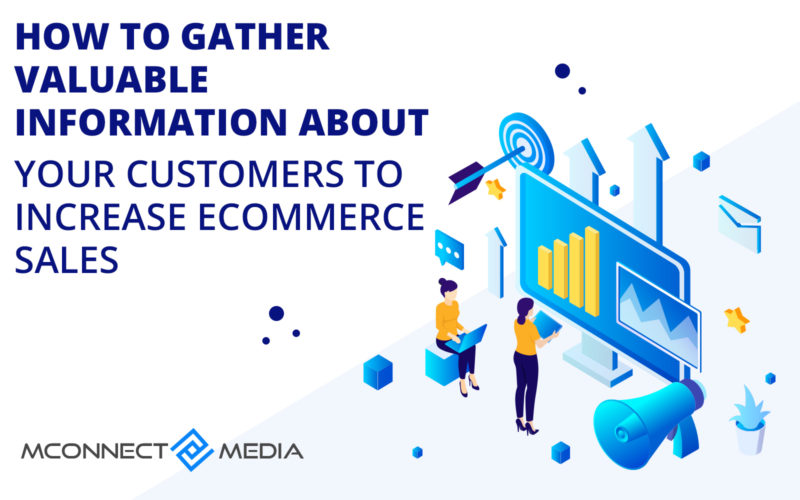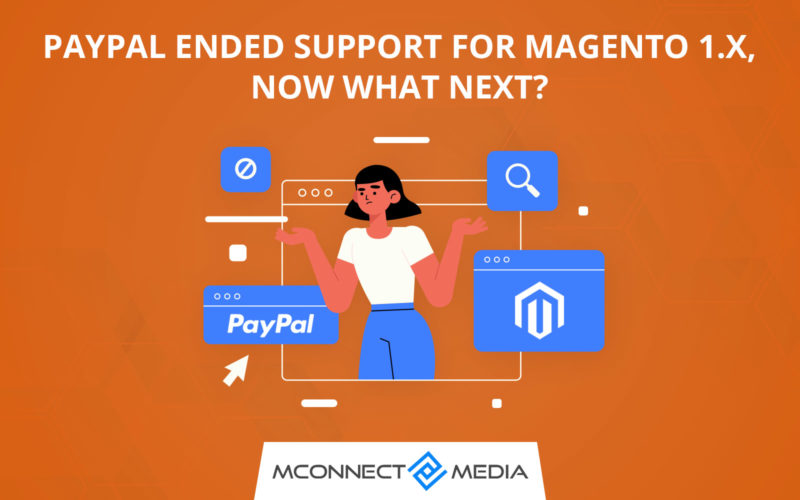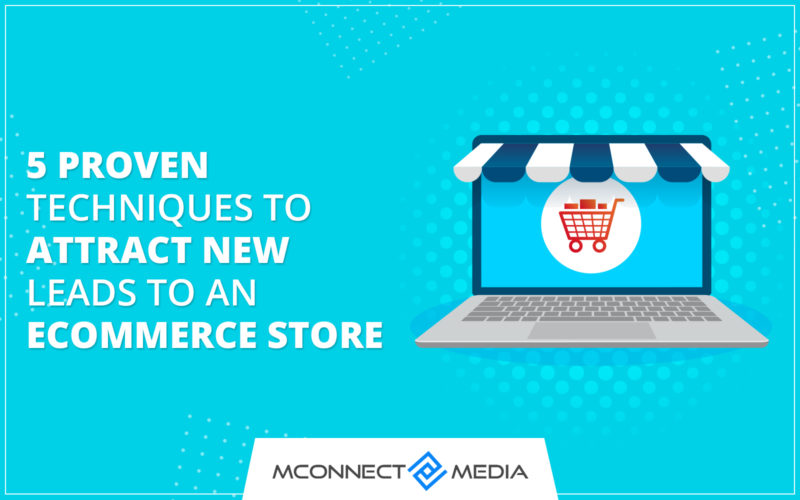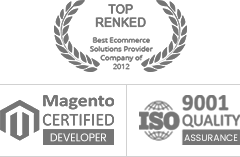Which checkout process do you use? Is it better to have a one page checkout or a multi-page checkout? Customers want a simpler checkout process. Having a long and confusing checkout process makes it hard to buy things, and people might give up and leave without buying anything.
The success of an eCommerce business is not just about how many people visit the website, but how many of them actually buy something. The more people buy things, the more money the business makes. The checkout page is really important for making this happen.
The debate about whether to use a one-page checkout or a multi-page checkout is ongoing. Some experts in online shopping like the one-page checkout, while others think the multi-step checkout is better.
In this article, we will talk about the differences between one page checkout and multi-page checkout processes, advantages and more guide to help you make a best choice for your Ecommerce store.
What is One Page Checkout?
One Page Checkout is a simple and easy way to buy things online. It’s a special checkout process where you can do everything you need on one page. In single-page checkout, everything you need for checking out, like the products in cart, shipping options, shipping address, and payment, are all on one page.
Normally, when you buy something online, you have to go through different pages to enter shipping information, choose how to pay, and see what you’re buying. But with One Page Checkout, all these things are put together on a single page. It makes it really easy and quick for you to complete purchase.
Instead of going back and forth between different pages, you can see everything you need in one place. You can enter your shipping information, choose how to pay, and see what you’re buying all on the same page. It’s a simple and efficient way to buy things online.
With One Page, customers can do a lot of things on one page. They can see what they have in cart, type in address for delivery, choose how they want things to be shipped, pick the payment method they like, and check all the details of purchase all on that same page.
The goal of One Page Checkout is to make it easier and more convenient for customers to buy things. By putting everything they need on one page, it saves time and makes the process smoother. It’s all about giving customers a good experience and making it simple for them to finish their purchase.
Also Read: Increase Your Business Sales Using Ecommerce One-Page Checkout Strategies: Detailed Guide
Pros of One-Page Checkout
- Promotes Quick Checkout
Customers can check out quickly because all the information they need for checkout is given at the beginning. They don’t have to click multiple times to move to the next step and can enter all billing, shipping, and payment details on the same page.
- Reduce Cart Abandonment
When everything is on a single page, customers are much less likely to give up and leave without buying anything. Having a single-page checkout reduces the number of people who leave without completing their purchase. A single-page checkout reduces bounce rate substantially.
- Highly Intuitive Style
With a single-page checkout, customers know exactly where they are going as they can see all the steps on one page. It’s easier for them to go through the whole process and finish the transaction smoothly. Also, using a one-page checkout makes the process a little faster.
- Fewer Steps and Clicks
A one-page checkout is faster because it has fewer stages and clicks. Customers can find everything they need on a single page and don’t have to click the ‘Next’ or ‘Proceed’ multiple times. They can simply press the ‘Tab’ key to move to the next field and complete the checkout easily!
- Higher Conversion Results
One-page checkout is superior to multi-step checkout in terms of conversion results and rates. A one-page checkout procedure allows clients to check out quickly, considerably enhancing the speed. This also increases the conversion rate.
Also Read: 3 Reasons Why 404 Page Tracking is Important for eCommerce
Cons of One-Page Checkout
- Slow loading Time
Having a lot of information on a single page can make website load slowly. Customers want things to be fast and easy, so if the checkout page is slow to load, they might decide to leave the website.
- Limit analytics data scope
With a one-page checkout process, it can be difficult to keep track of how many people leave the checkout process without buying anything. Since all stages are on one page, it’s hard for business owners to figure out which part is making people not finish purchase.
What is Multi-Page Checkout?
A multi-page or multi-step checkout is when the checkout process is divided into several pages. This helps customers complete checkout purchase by filling out information on each page one by one. Customers need to go through all pages to complete purchase.
Some popular online stores still use this type of checkout. The multi-step checkout process divides the entire checkout into 3-5 logical sections. These sections cover things like mailing address, shipping options, payment details, and more.
Each section has its own screen or page. Each page focuses on a specific part of the checkout process, like entering payment details, shipping address, and more. You might also see a separate page for confirming your purchase.
This type of checkout flow is useful for expensive products, when people are shopping on a computer, and for customers who may not be very familiar with technology or are older in age.
Also Read: Anatomy of eCommerce Product Page That Engage with Visitors
Pros of Multi-Page Checkout
Clean and Simple Page Layout
The layout of a multi-step checkout doesn’t look messy because the checkout fields are divided into different pages. Since the entire checkout process is split into pages and steps, each page gives clear instructions. Shoppers can easily understand what to do on each page.
- Email Collections
By dividing the checkout into multiple steps, important information like email addresses is collected early on. Even if a buyer decides to leave the site without finishing the transaction, the merchant can still reach out to them and send follow-up emails. These emails can be used to send promotional emails or updates in the future.
- Improved Analytics
Using a multi-page checkout approach makes it easy to analyze cart abandonment. Online store owners can figure out where most people leave without completing purchase. Once you know the problem area, you can work on making it better.
- Step-by-step Process
In a multi-page checkout, customers can go to the next page once they have filled out all the required information on the current page. This means they won’t miss any fields or choices. To make it even easier, there is a visible progress indication that shows customers how far they are in the checkout process.
Cons of Multi-Page Checkout
- Long and Time-Consuming
This process takes more time because you have to go through multiple steps and complete various procedures to check out and finalize purchase. It can be tiring for customers, especially those who want a quick checkout. The longer you spend at the checkout, the higher the risk of cart abandonment.
- Difficulties in Correcting Data
In a multi-page checkout, customers often have to go back to the previous page and update the details. On many e-commerce websites, there is no option to make changes, and customers have to re-enter all information again. This can be frustrating for customers and make them more likely to give up and abandon their shopping carts.
- Time-consuming to Change Data
Sometimes, a customer might realize they entered wrong information in a previous step. In order to correct it, they have to go back to the previous page, which means they lose any information they entered on the current page. This can be frustrating for users and it makes the whole checkout process take longer.
Also Read: Does Website Page Load Time Really Affect Website Bounce Rate?
One Page Checkout Vs Multi-page Checkout: Comparison
1. Conversions
The one-page checkout has a greater conversion rate than multi-step checkout. The results of your individual A/B testing may change based on the product, target market, and checkout design.
2. More Clicks
With multi-step checkout, you have to click more times to finish buying something. This means there is a higher chance of people leaving without completing their purchase.
On the other hand, with one-page checkout, you need fewer clicks. Customers only need to go to the shopping cart and checkout pages to complete their transaction. It’s easy for users to add products to carts and finalize their purchases.
3. User Experience
With multi-step checkout, the checkout process is divided into multiple steps. This can make customers feel more comfortable because there are fewer fields they need to fill out at each step.
The checkout progress shows customers how far they have progressed in the process and how many steps are left before order is complete. This helps them keep track of their progress and know what to expect next.
4. Page Loading Speed
Putting everything on one page helps improve load times. Many customers tend to leave their online shopping carts during the first stage of the checkout process.
With multi-step checkout, since customers can complete the checkout process in multiple phases, the initial load of the first page may be faster.
5. Checkout Time
The one-page checkout process is faster than the multi-step checkout process. This is because all the options are shown to users on a single page. Users can change any information they need right there without having to go to another page.
With multi-step checkout, users have to go back and forth to make any changes to their information. They have to wait for the next step to load before they can enter their information again. This can take time and sometimes lead to people abandoning their shopping carts.
6. Data Analytics
By using a multi-step checkout process, you can see at which point customers leave and use that information to improve conversion rate.
However, if online business only has a single-page checkout, it can be more challenging to gather this data because the analytics solution relies on having multiple checkout steps.
Also Read: Web Hosting or Page Speed? What is more important?
Finally, Which type of Checkout is Best For Ecommerce Store?
One-Page Checkout
A one-page checkout is very helpful when buying digital or downloaded items. Users can provide their address and shipping details, making the checkout process more efficient.
One-page checkouts are also great for businesses that have many returning customers or registered users who make frequent purchases.
Lastly, even though more people are shopping online, a one-page checkout is particularly suitable for buying low-cost products.
Multi-Page Checkout
Multi-step checkout processes are more helpful when buying higher-priced products or when the purchase requires more careful consideration.
Customers feel more confident in purchases when they can review their order information, delivery address, and pricing before finalizing them.
To make the most of this, it’s important to let customers review their information before moving on to the next step of the checkout process.
Conclusion
Both types of checkouts can benefit your business, but it depends on your goals and the type of products you offer. If you sell digital items and don’t require extensive information, One-page checkout is perfect for people who value the simplicity and speed of the process.
On the other hand, if you sell expensive items and need more information and analytics, multi-page checkout can be suitable for well-established companies with a loyal customer base.
However, when making business decisions, it’s important to consider all aspects. If you’re still unsure about which type of checkout to use, you can try testing to see which one works best for you.
Also Read: 5 Evil Landing Page Mistakes that You are Still Making
Frequently Asked Questions:
- What is the difference between one-page checkout and one click checkout?
One-click checkout, as opposed to one-page checkout, allows clients to finish their purchase with a single click. Customers must submit their address and payment information and store these for later use in order for this to happen.
- What is multi-page checkout?
Multi-step checkouts divide the checkout process over many pages. Customers must generally input their selected delivery method, shipping and billing addresses, and payment information manually during this sort of checkout.
- How many types of checkout pages are there?
Checkout pages come in two types: one-page checkout and multi-page checkout.
- Are one page websites better?
Single-page websites are particularly user-friendly, and people are more inclined to visit them since they can generally scroll to the bottom and look at all of the material fast. The lack of several pages to navigate or a vast menu to select from improves the overall user experience.


